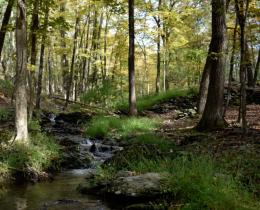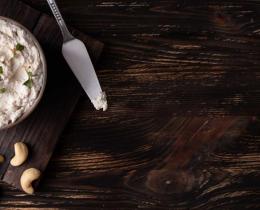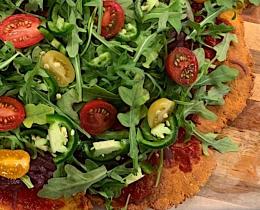For most gardeners, the season begins in late winter when seed catalogs arrive in the mail featuring backyard crops like ornamental kale, watermelon radish, and heirloom tomatoes.
Growing plants from seed allows you to start your garden early by germinating seeds inside and offers a larger selection of herbs and vegetables to choose from.
But, why wait for seed catalogs when you can learn how to save your own seeds for next year’s garden? Seed saving is great for cultivating more interesting and rare varieties.
Home gardens can lead the way in bringing back food diversity.
In the United States, more Americans are growing food in their homes and at community gardens with about 35 percent of households doing some form of gardening, according to research from National Gardening Association. This increase is the highest level of food gardening in more than a decade and young people, ages 18 to 34, are the fastest growing population of food gardeners.
Plus, learning how to save seeds can save money, which can help your budget.
Tips for Seed Saving
Saving seeds is easier than you might think. But if the thought of saving seeds from your whole garden is too daunting, you can begin with one or two varieties.
For tomatoes, squash, and melons, resist the urge to save seeds that are from overripe fruit or didn’t do as well this season. You want seeds from the strongest performers, when they are fully ripe. Simply scoop out the seeds from the flesh of the vegetable and let them dry on a clean counter. Beans, peas, and corn can be left on the vine or stalk until they are dry. For a complete list of how to save seeds from garden plants, check out this handbook.
Next you want to find a good method for storing your seeds. Small envelopes work well for storage. If you have a large amount of seeds, try glass mason jars that you can seal tightly. Labels can include the name and variety of the vegetable, the origins of the seed, and the date of harvest.
Most seeds will last a few years, if not more. You can always test them before planting by germinating a few in a moist paper towel or newspaper and see how many sprout.
Ultimately, seed saving is a great way to ensure that you are growing the best varieties for your garden and increasing your own food security.



